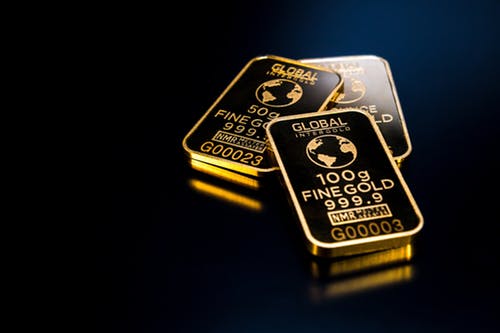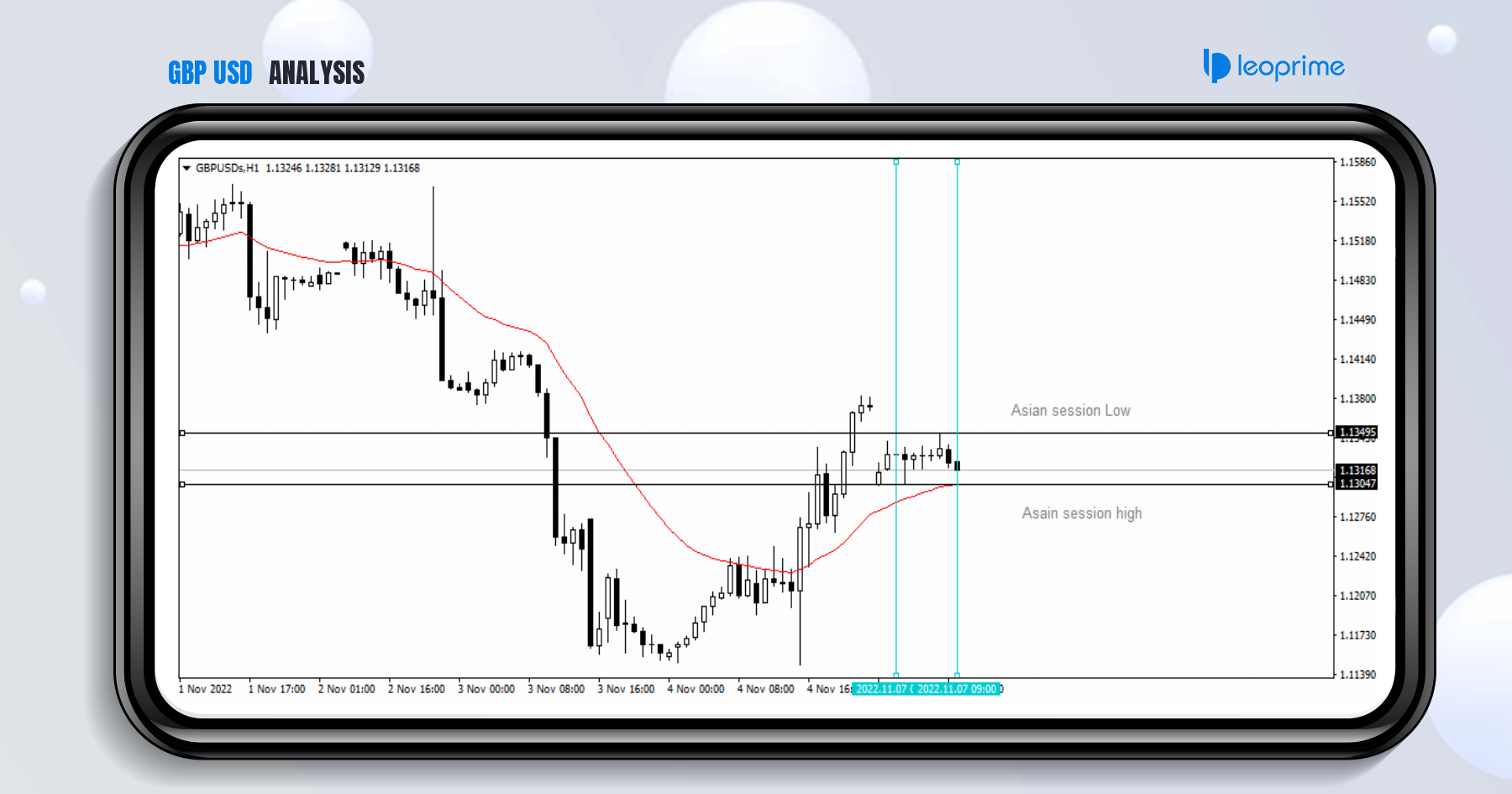
(Bloomberg) — Gold jumped to the highest in more than five years after the U.S. Federal Reserve indicated a readiness to cut interest rates and the dollar tumbled.
Gold had a lackluster start to the year but gained momentum this month as investors sought havens amid slowing global growth due to the fallout from the U.S.-China trade dispute and as central banks adopt a more dovish tone. The metal has now broken through a five-year resistance line in a dramatic surge that brought it within spitting distance of $1,400 an ounce.
While the Fed left its key rate unchanged on Wednesday, it dropped a reference to being “patient” on borrowing costs and forecast a larger miss of their 2% inflation target this year, which weighed on the greenback. Lower rates boost the appeal of non-interest-bearing assets like gold.
“The important aspect of this run higher is that it’s breaking through important technical resistance levels, so we’ve also got technical impetus adding to that fundamental shift in monetary conditions,” said Michael McCarthy, chief market strategist at CMC Markets Asia Pacific Pty. “Throw in a weakening U.S. dollar, we’ve got every reason to expect a good performance from gold.”
Bullion for immediate delivery jumped as much as 2.5% to $1,394.11 an ounce, the highest since September 2013, and traded at $1,381.23 by 9:16 a.m. in London. For chart-watchers, the metal’s 14-day relative-strength index is deep into overbought territory, at about 81.
Still, it’s not just prices rising. Holdings in gold-backed exchange-traded funds have increased for 12 of the last 14 days and key central banks are continuing to continuing to buy, with China increasing its reserves for a sixth straight month in May.
Producers also rallied Thursday morning, with South Africa’s AngloGold Ashanti Ltd. rising as much as 7.7% in Johannesburg.
Speaking on Wednesday, Chairman Jerome Powell noted that apparent progress on trade talks had “turned to greater uncertainty” and many Fed officials “now see that the case for somewhat more accommodative policy has strengthened.”
The shift followed the European Central Bank’s dovish stance this week, as well as attacks on the Fed by President Donald Trump for not doing more to bolster the economy.
Previous easing cycles and stimulus measures have proven to be a boon for gold. The metal rose almost 20% when rates fell from 2007 to 2008 and then more than doubled to September 2011 to an all-time high of $1,921.17 as the Fed bought debt and kept borrowing costs at a record low in a bid to boost the economy.
As the U.S. nears a record-long expansion, investors are looking for signals for when that may turn. While unemployment is near a half-century low and salaries are increasing, Powell suggested that the labor markets might not yet be tight enough to generate the sort of the wage-driven rise in inflation that the Fed is seeking.
Central banks around the world are getting increasingly concerned about slowing global growth amid the prolonged trade war. While the Bank of Japan kept monetary policy unchanged Thursday, Governor Haruhiko Kuroda is likely to reaffirm his willingness to add stimulus, joining his counterparts in Europe and the U.S.
“It is unclear how much the Fed may capitulate eventually, but the dollar and Treasury yields have sunk enough at present to encourage fund flows into the precious metal,” Howie Lee, an economist at Oversea-Chinese Banking Corp., said in an email. “The pace of gains in the past month has been remarkable, to say the least. If it breaks above $1,400, it may trigger a series of technical” and algorithm-led buying that could set gold up for a sustained bull run towards $1,500-$1,600, he said.







